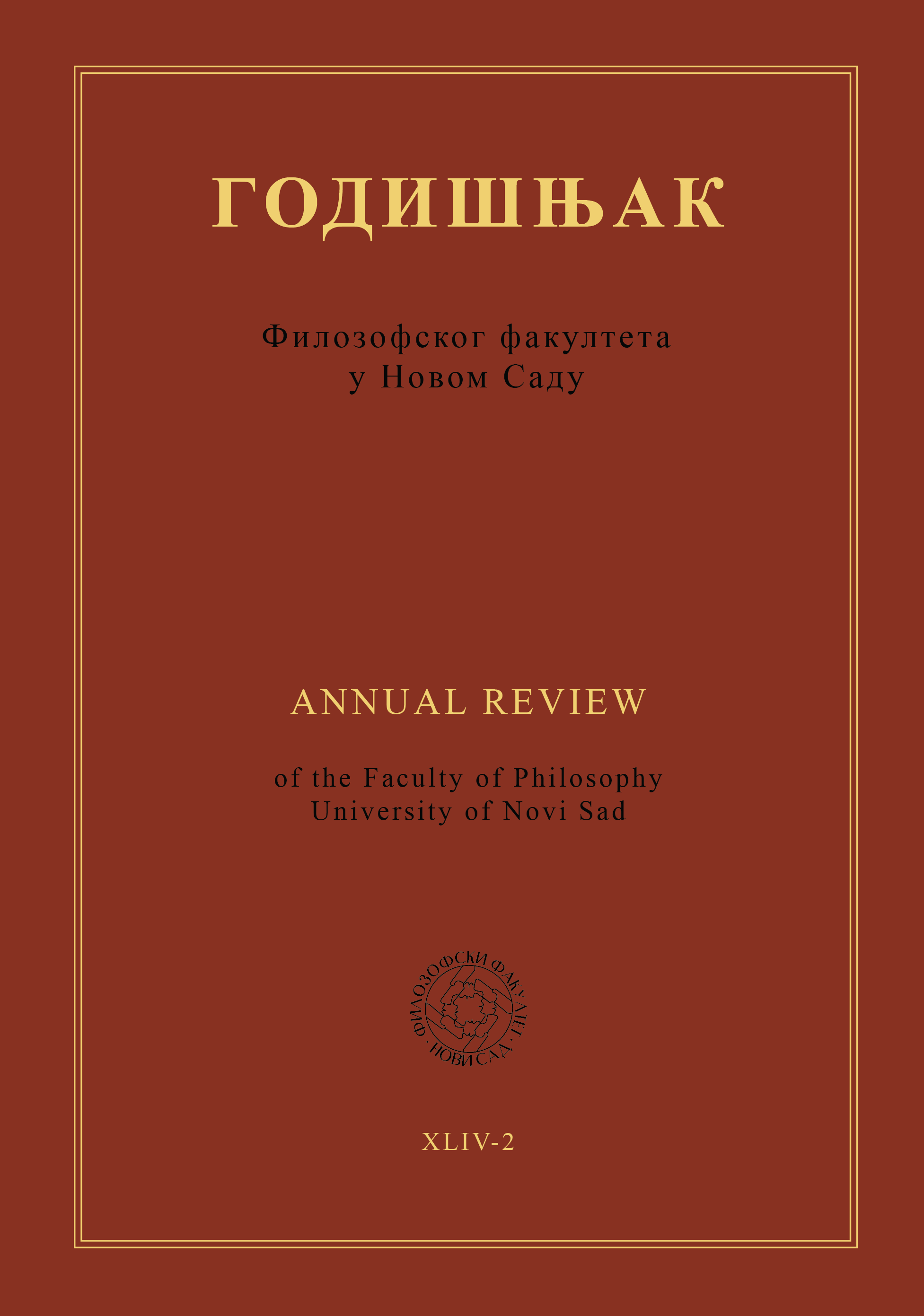CONTENT COMPREHENSION AND RETENTION OF VISUAL DETAILS: A COMPARATIVE EXPERIMENTAL ANALYSIS OF SUBTITLING AND DUBBING AS TWO MAIN MODES OF AUDIO-VISUAL TRANSLATION
Main Article Content
Abstract
The canonized view of subtitling and dubbing assumes that they differ in relation to the viewer’s experience of cinematic illusion. There is however very little empirical evidence that subtitled videos are detrimental in this respect. This pilot empirical research was devised to create and test the methodology which can fill this empirical gap in audio-visual translation (AVT). The experiment involved 68 volunteers divided into two groups watching 3-minute video clips. One group watched a video dubbed in Serbian, another subtitled in Serbian with Arabic audio, and, finally, a poorly subtitled video in Serbian with Arabic audio. The other group watched the same videos, but they were subtitled in Serbian with Arabic audio, dubbed in Serbian, and accurately subtitled in Serbian with Arabic audio, respectively. The participants were then quizzed to assess content comprehension of the text featured in dubs and/or subtitles, and for retention of visual details. The results seem to indicate that the methodology provides valuable insights into the problem, that the canonized views on differences between subtitling and dubbing are inaccurate, and that good subtitling has a positive effect on both content comprehension and on attention to visual details, thus improving the overall viewing experience.
Downloads
Metrics
No metrics found.
Article Details
References
Chaume, F. (2013). Research Paths in Audiovisual Translation: The Case of Dubbing. In C. Millán & F. Bartrina (Eds.), The Routledge handbook of translation studies (pp. 306–320). Routledge.
Cintas, J. D. (2013). Subtitling: Theory, Practice and Research. In C. Millán & F. Bartrina (Eds.), The Routledge handbook of translation studies (pp. 273–285). London ; New York.
Díaz-Cintas, J. (2010). Media for All: New Developments. In J. Díaz-Cintas, A. Matamala, & J. Neves (Eds.), New Insights into Audiovisual Translation and Media Accessibility (pp. 11–22).
Díaz-Cintas, J. –Remael, A. (2007). Audiovisual Translation: Subtitling. Manchester, UK; Kinderhook, NY: St. Jerome Pub.
Gambier, Y. (2009). Perception and Reception of Audiovisual Translation: Implications and Challenges. In H. C. Omar, H. Haroon, & A. Ghani (Eds.), The Sustainability of the Translation Field (pp. 40–57). Kuala Lumpur: Malaysian Translators Association.
Hermans, T. (1999). Translation in Systems. Descriptive and System-Oriented Approaches Explained (Vol. 45). Manchester: St. Jerome Publishing.
Karamitroglou, F. (1998). A Proposed Set of Subtitling Standards in Europe. Translation Journal, 2(2), 1–15.
Koolstra, C. M. –Peeters, A. L. & Spinhof, H. (2002). The pros and cons of dubbing and subtitling. European Journal of Communication, 17(3), 325–354.
Leatherdale, S. T. (2019). Natural experiment methodology for research: a review of how different methods can support real-world research. International Journal of Social Research Methodology, 22(1), 19–35. https://doi.org/10.1080/13645579.2018.1488449
Rosa, A. A. (2010). Descriptive translation studies (DTS). In Y. Gambier & L. van Doorslaer (Eds.), Handbook of translation studies (Vol. 1, pp. 94–104). Amsterdam: John Benjamins.
Shuttleworth, M. (2009, May 8). Counterbalanced Measures Design - Counterbalancing Test Groups. Retrieved May 03, 2019, from Explorable website: https://explorable.com/counterbalanced-measures-design





